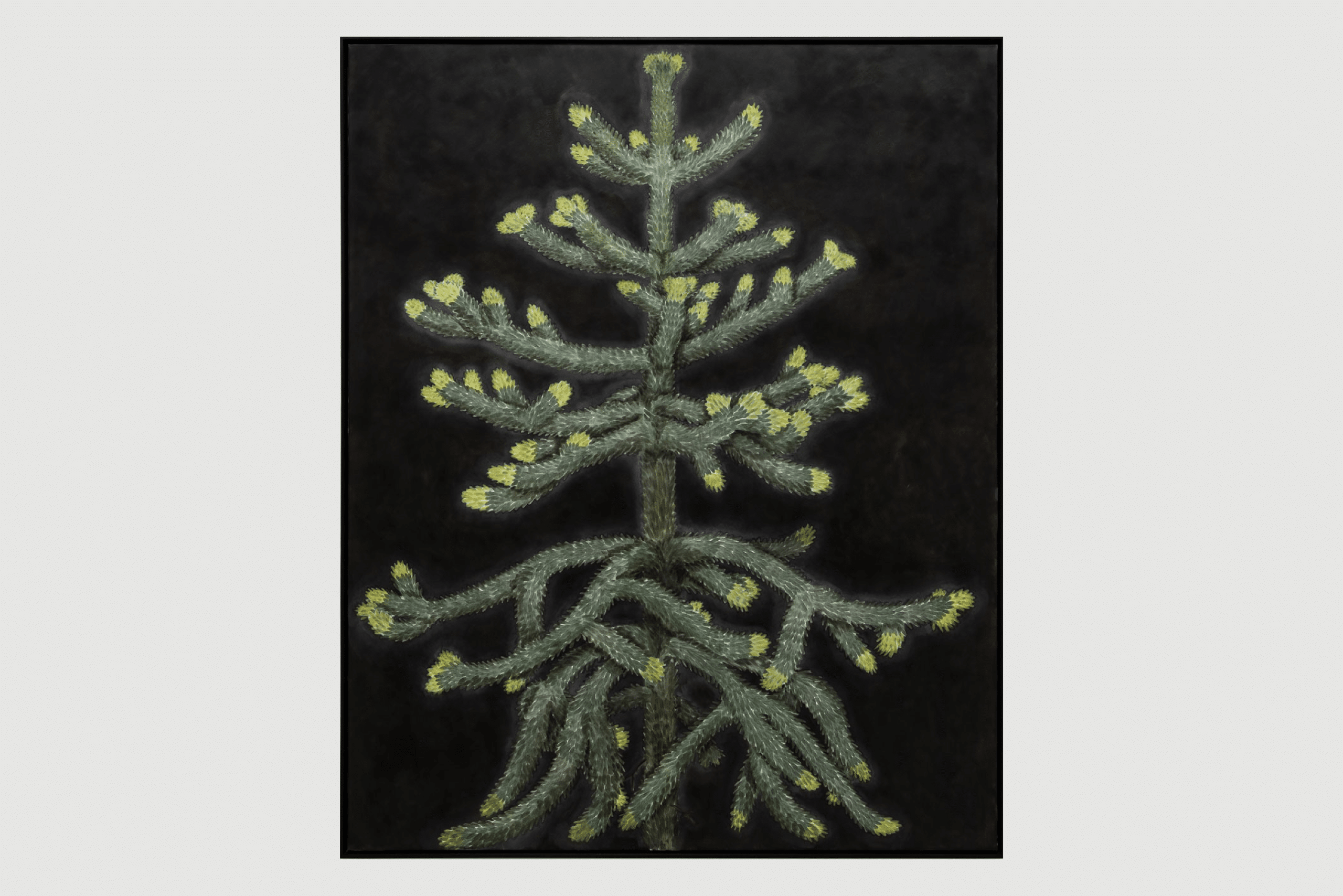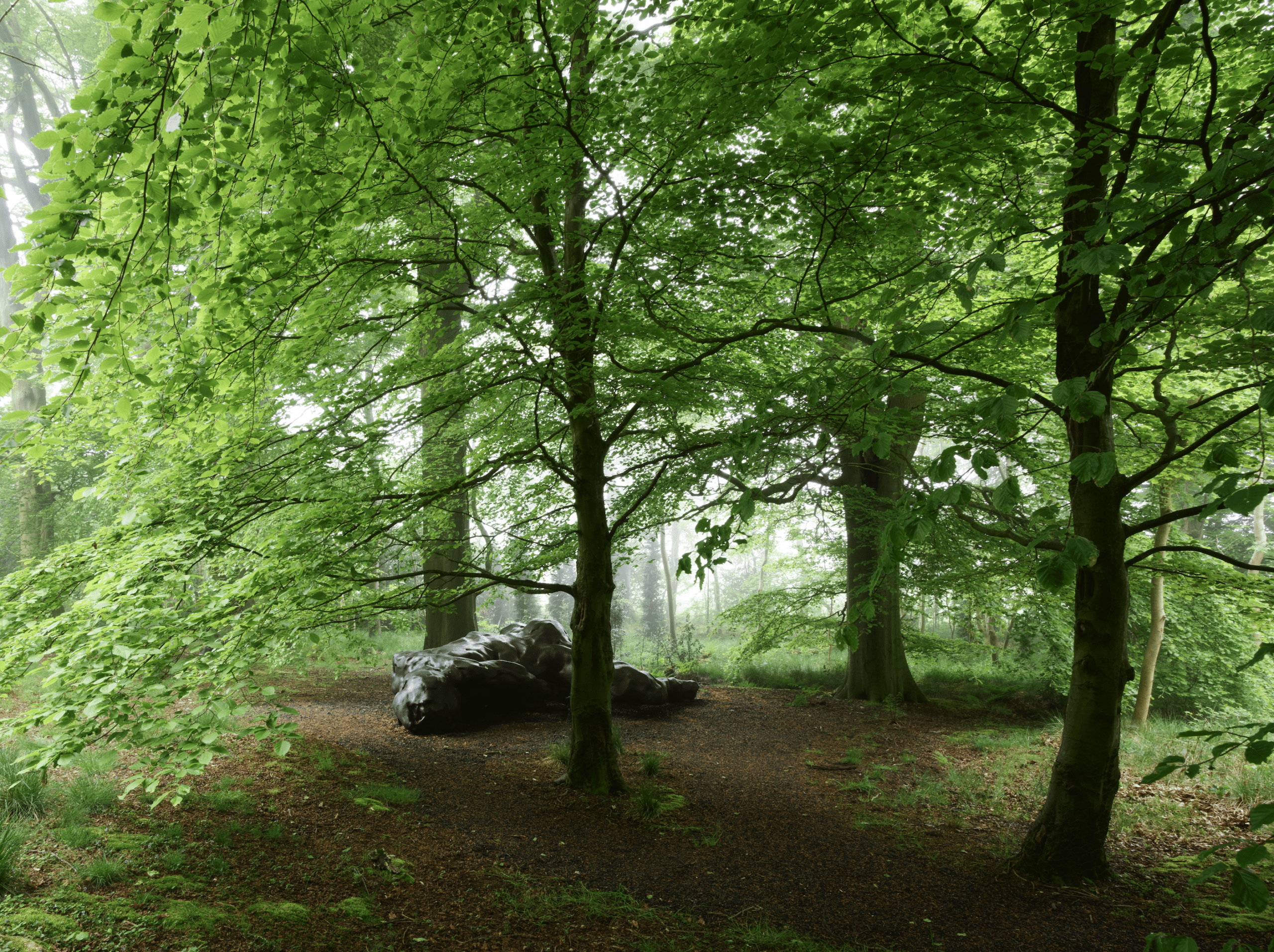About Cornelia Parker
Cornelia Parker was born in Cheshire, England in 1956. For some years her work has been concerned with formalising things beyond our control, containing the volatile and making it into something that is quiet and contemplative like the ‘eye of the storm’.
She is fascinated with processes in the world that mimic cartoon ‘deaths’ – steamrollering, shooting full of holes, falling from cliffs and explosions. Through a combination of visual and verbal allusions her work triggers cultural metaphors and personal associations, which allow the viewer to witness the transformation of the most ordinary objects into something compelling and extraordinary.
Lately Parker’s attention has turned to issues of globalisation, consumerism and the mass-media.
A solo exhibition of Cornelia Parker’s work was staged at Frith Street Gallery in 2008 at the same time her video piece Chomskian Abstract was screened at London’s Whitechapel Art Gallery Laboratory. Her work was included in the inaugural exhibition of Tokyo’s new National Art Centre in late 2007. Parker had a major solo exhibition at Birmingham’s Ikon Gallery in 2007 and The Wurttembergischer Kunstverein, Stuttgart in 2005. She was nominated for the Turner Prize in 1997.
Other notable solo exhibitions include Galleria d’Arte Moderna e Contemporanea, Turin; ICA, Philadelphia; Aspen Museum of Art, Colorado; Chicago Arts Club and the ICA, Boston. Parker’s work is represented in many international collections including The Arts Council of England, Tate Gallery, London and the Museum of Modern Art, New York.














